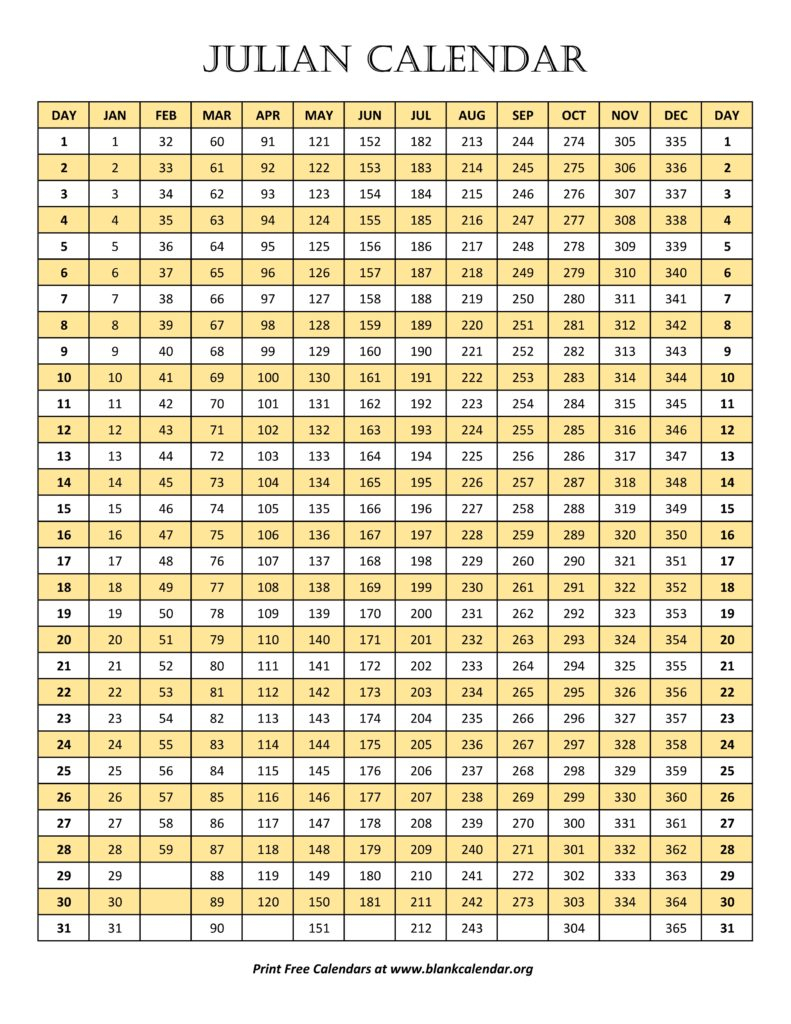The Julian calendar, introduced by Julius Caesar in 46 BC, was the predominant calendar in the Roman world for many centuries. It was based on a solar year of 365.25 days, with a leap year every four years to account for the extra quarter day. This calendar was used throughout Europe until the Gregorian calendar was adopted in the 16th century.
On the Julian calendar, New Year’s Day falls on January 1st, just like on the Gregorian calendar. However, due to the differences in the way leap years are calculated, the Julian calendar is now 13 days behind the Gregorian calendar. This means that New Year’s Day on the Julian calendar falls on January 14th on the Gregorian calendar.
New Year’s Day Julian Calendar
Celebrating New Year’s Day on the Julian Calendar
Despite the widespread adoption of the Gregorian calendar, some Orthodox churches and communities still celebrate New Year’s Day on the Julian calendar. This is particularly common in countries such as Russia, Ukraine, Serbia, and Belarus, where the Julian calendar is still used for religious purposes.
Traditions for celebrating New Year’s Day on the Julian calendar often include attending church services, family gatherings, and festive meals. It is a time to reflect on the past year, make resolutions for the year ahead, and spend time with loved ones. In some cultures, special foods and drinks are prepared to mark the occasion.
Conclusion
While New Year’s Day on the Julian calendar may not be as widely recognized as on the Gregorian calendar, it holds significant cultural and religious importance for many communities around the world. Whether you celebrate on January 1st or January 14th, the start of a new year is a time for reflection, celebration, and hope for the future.
